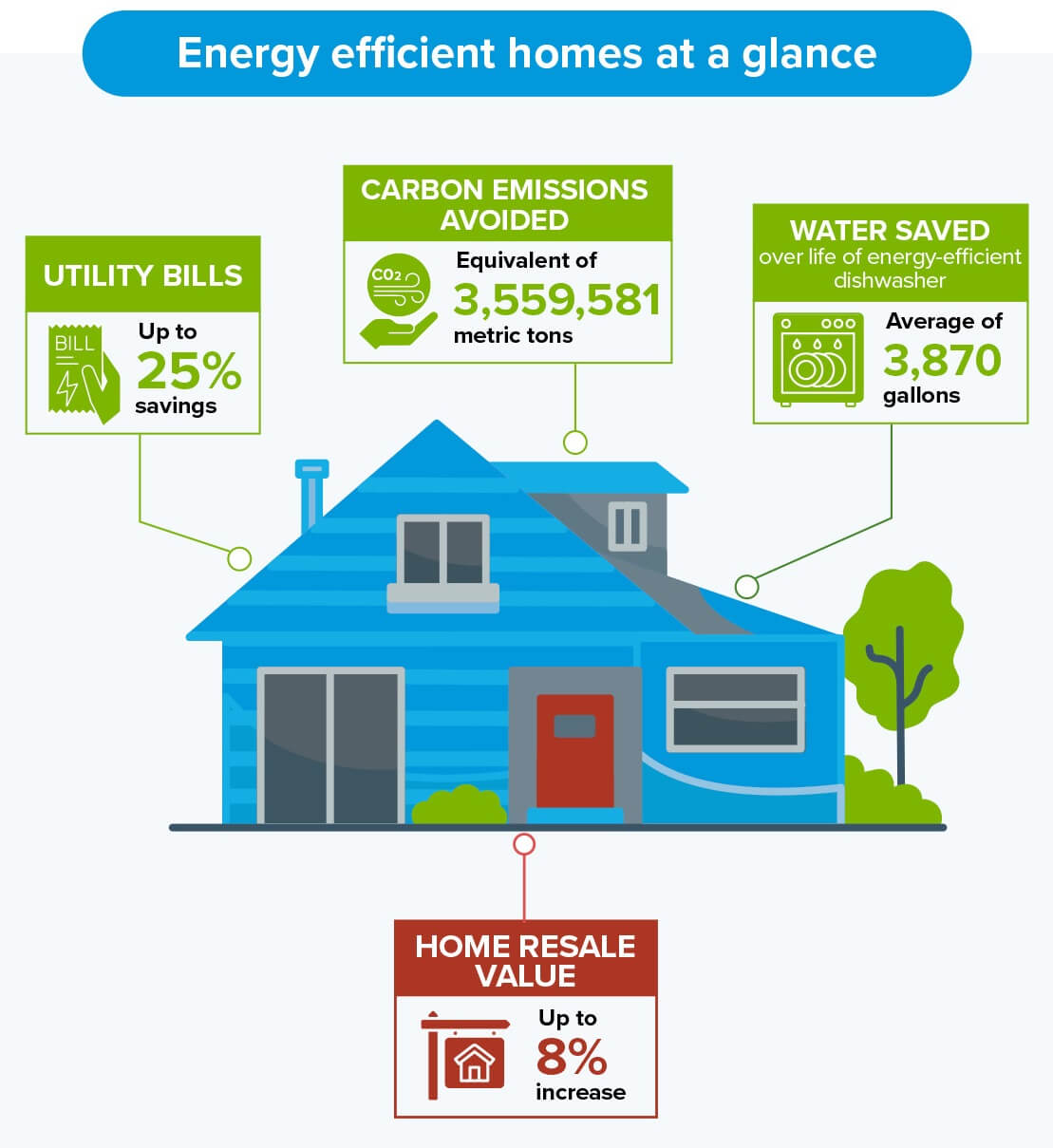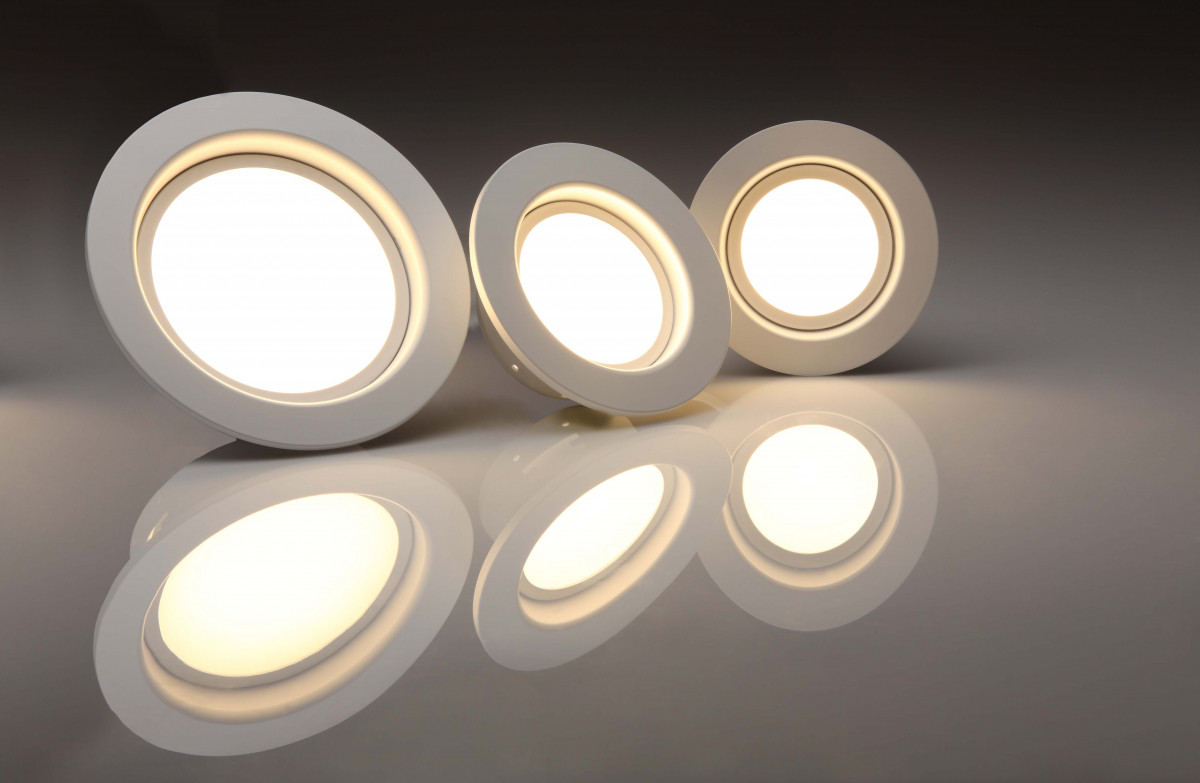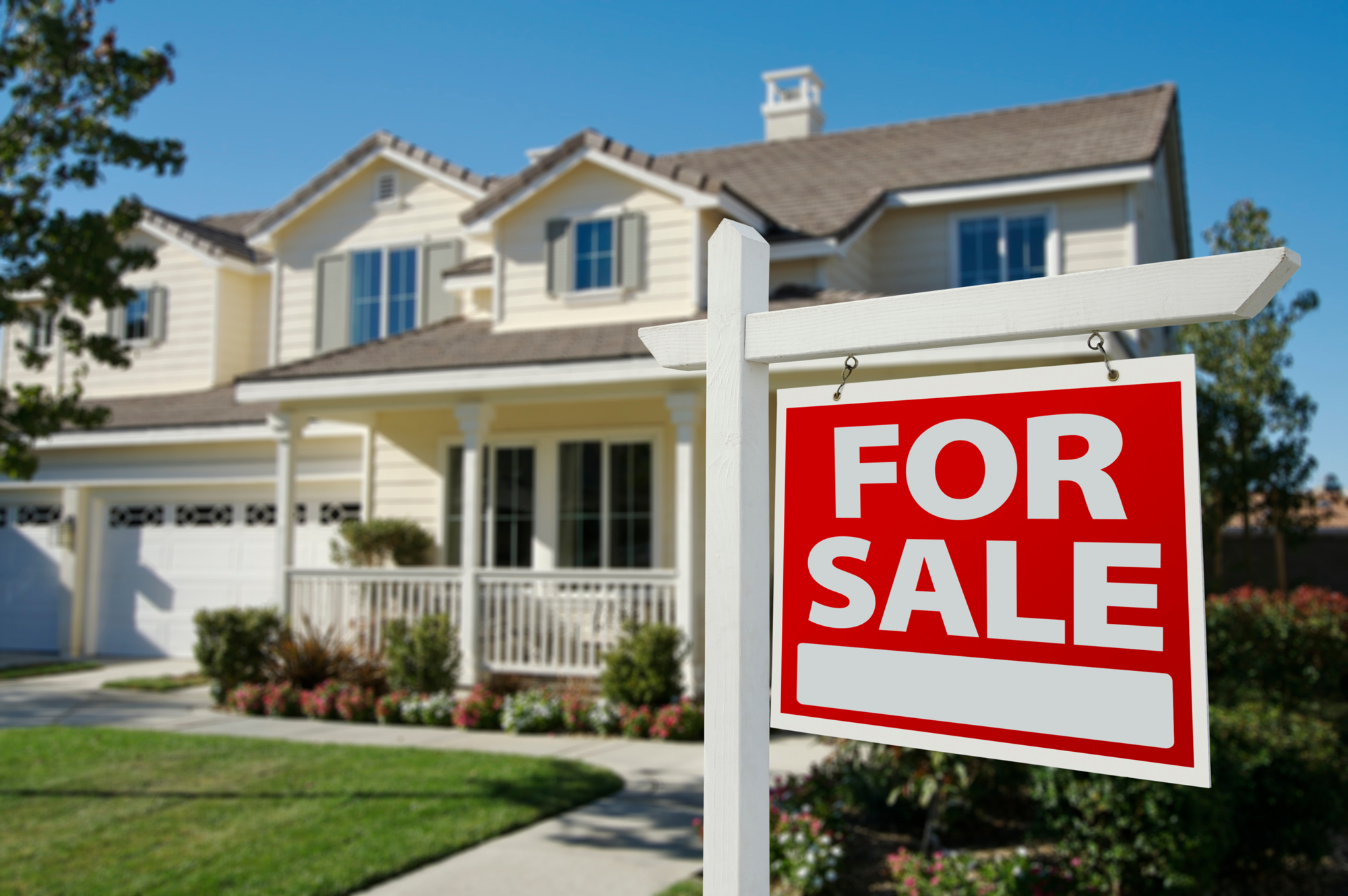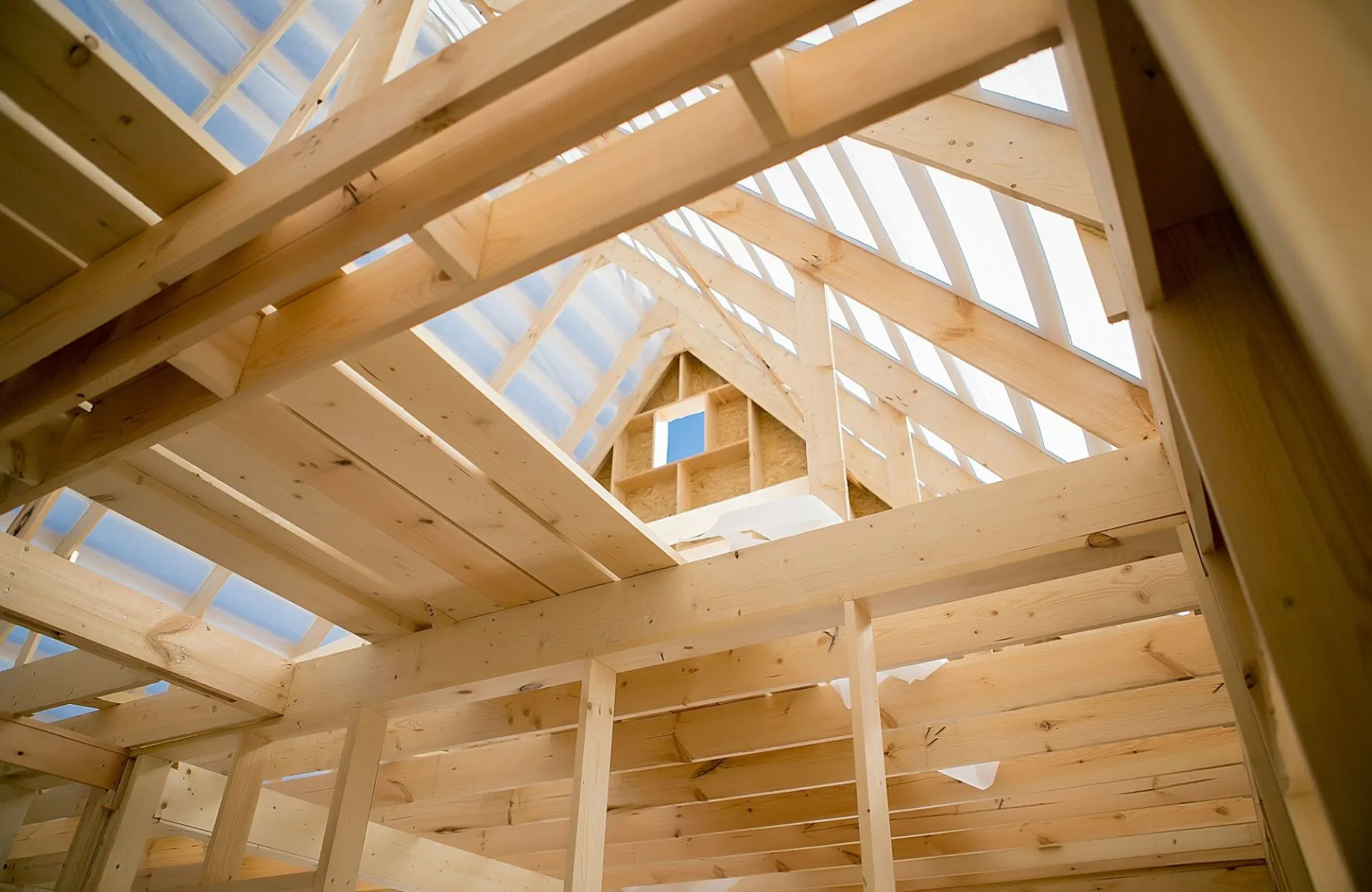When you’re planning a new home build or purchase, there are dozens of features to think about, from where to put outlets to the layout of the kitchen to what kind of closet organization system you want.
But one thing you may not have considered is energy efficiency, which makes a new home more desirable in a number of different ways. A high efficiency home is officially determined by its relative performance score on the
HERS Index, the industry standard that rates a new home’s energy efficiency compared to a home built to 2006 energy efficiency standards.
CenterPoint’s High Efficiency Homes Program uses the
ENERGY STAR program, a Department of Energy-led program for providing methods and products that promote energy efficiency. An ENERGY STAR-certified home will have features such as a thermal enclosure system, deep insulation and high-performance windows. These homes are
at least 10% more efficient than homes built to code and achieve a 20% improvement on average compared with homes built only to Texas residential building code.
And all that efficiency carries a number of extra advantages along with it. We’re diving into some of the key benefits of energy efficient houses for homeowners that very well may inspire you to choose a High Efficiency Home builder for your project.

¨
1. Lower utility bills
Like most items these days, energy costs are soaring, making it more expensive than ever to light your home, keep the temperature comfortable and do all the other things that demand electricity in the 21st century.
So the prospect of saving hundreds of dollars every year on your utility bill should make you take a hard look at an energy-efficient home.
 Take heating and cooling, for example, the largest single contributor to most families’ electricity bill every month. The Environmental Protection Agency (EPA) estimates you can
save 11% on average on your total energy costs by air sealing your home and adding insulation in the attic and crawl spaces. Assuming an average annual bill of $2,800, that’s savings of $308 every year.
Take heating and cooling, for example, the largest single contributor to most families’ electricity bill every month. The Environmental Protection Agency (EPA) estimates you can
save 11% on average on your total energy costs by air sealing your home and adding insulation in the attic and crawl spaces. Assuming an average annual bill of $2,800, that’s savings of $308 every year.
When you incorporate the full scope of energy-efficient improvements that a new high efficiency home has over a typical home, the Department of Energy estimates savings of up to 25% on your total energy costs.
2. Better resale value

A home is most people’s largest investment, so anything you can do to lock in value is a plus.
Being able to market your home as energy-efficient when it comes time to sell it may help your resale value, especially as energy-efficient homes become better-known and more in-demand.
According to a number of studies, energy-efficient homes and apartments garner anywhere from 2% to 8% more in sales prices than their traditional counterparts. As of the time of this writing, that’s a premium of up to $34,200, depending on the geographic market.
3. Better for the environment
Filling your home with energy-efficient appliances and features has a ripple effect that impacts the environment for the better.

By being more efficient than traditional appliances, your washer and dryer, dishwasher, HVAC, etc. will draw less power from the grid, which reduces the amount of power that must be produced at a power plant that’s likely a source of greenhouse gases.
Reducing these not only helps the local ecosystem but can improve the air and thus, the health of nearby residents.
In addition, energy-efficient products help conserve precious resources such as water. For example, a single, standard-sized ENERGY STAR dishwasher can save
an average of 3,870 gallons over its lifetime. Other energy-efficient water-saving opportunities come in the form of toilets, clothes washers and low-flow faucets.
According to ENERGY STAR, over 2 million certified homes and apartments have produced nationwide results equivalent to:
-
reducing CO2 emissions by 3,559,581 metric tons;
-
avoiding the consumption of 8,269,936 barrels of oil;
-
growing 58,862,483 tree seedlings for 10 years; or
-
removing 773,482 passenger vehicles from the road.
4. More comfortable
If you’ve never lived in an energy-efficient home, you may think drafts are just part of life. But an energy efficient home’s comprehensive air sealing, properly installed insulation and high-performance windows make those streams of cold air in winter, or hot air in summer, from getting inside.
Energy-efficient homes boost your comfort level by also enhancing the indoor air quality by reducing pollen, dust, bugs and humidity, which leads to better quality of life.
Energy-efficient appliances are typically quieter than traditional models, as well, making their operation less intrusive to your daily life.
5. High-quality construction

The term “builder grade” is something of a pejorative in the housing industry, shorthand for bare-minimum quality sufficient to get a new house sold.
When you buy an energy-efficient home, you’ll get the added peace of mind that the house meets rigorous requirements set by the EPA. Not only that, but the builders themselves must be appropriately credentialed–for example, to be ENERGY STAR-certified, the HVAC contractor and energy rater must have proper credentials and/or EPA training.
Certified professionals will also have inspected various aspects of the house to sign off on those requirements being met through best green building practices and region-specific design.
6. Better able to withstand power outages

When you live in a region with extremes of heat and/or cold, power outages can be brutal when they last for more than a few hours. Fortunately, because of its high-quality insulation, windows and roof, an energy-efficient home should stay much more resistant to get chilly when a winter freeze knocks out power, or stay cooler for longer if peak summer demand pushes the grid beyond its limits.
As evidence of this, the Urban Green Council found in a
study that during a New York winter blackout, the temperature inside an energy-efficient home fell to only about 60 degrees, compared with 32°F to 43°F inside traditional buildings.
Finding a contractor who builds energy efficient homes
Building a home with a low HERS score is as easy as finding a contractor in your area who builds to standards such as ENERGY STAR:
- For those in Greater Houston,
go here to find a list of builders offering energy-efficient homes in your area.
- Minnesota homeowners can find a map and database with contact info for energy-efficient builders in the state
here.
- For other locations, use the Department of Energy’s builder/developer or energy rating company finder
here.
